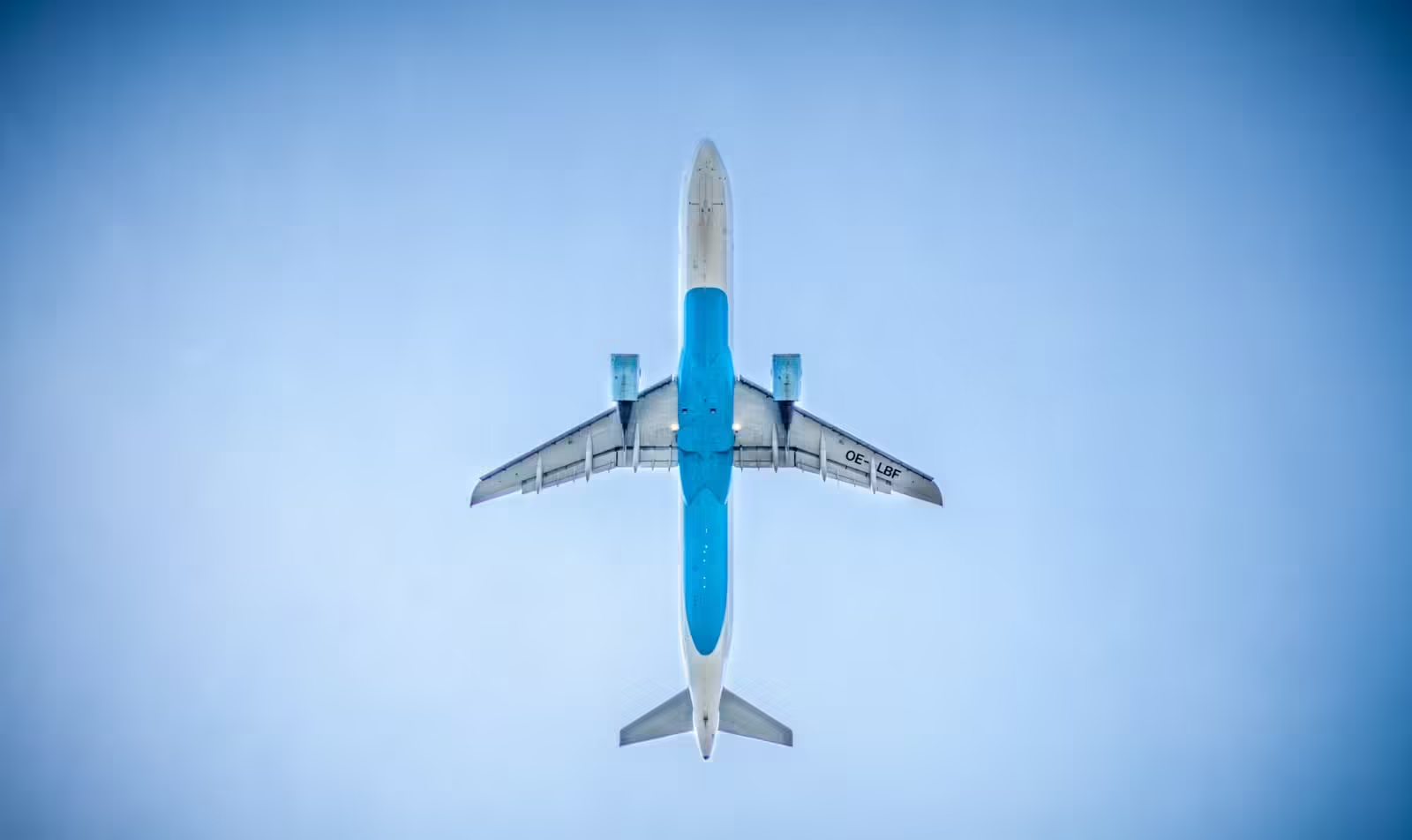
Table of Contents
- The Dutch roll stresses the structure of the aircraft, causes passenger discomfort, and the plane controls.
- If not controlled, destructive situations like spin or crash may occur if the plane control is lost. Examples of this type of crash connected to the Dutch Rolls have been for more than fifty years.
- The effect of the Dutch roll during the flight is through aerodynamic components such as AS control input, diadeal effect and wing size.
The pilot in the aviation industry faces many problems and tricks while in the flight. Dutch roll is one of these. In addition to many other aerodynamic and aviation-related issues, it is brought through a relatively weak positive directional stability rather than positive side stability.
Basics of a Dutch roll in aviation
When the lateral (rolling) and directional (yoving) are together on the plane, aerodynamic events known as “Dutch roll” or “dynamic lateral stability issue”. A plane that has a tendency to move from one side to the side, and at the same time purple in the opposite direction can do it for purpose or by accident.
Aerodynamic Science Behind Dutch Roll
Dutch rolls can be affected by many factors including gravity center, yo damping, feather diaderal effect, aerodynamic forces, the center and control system of the flight and the pressure system. Due to the dipedhel effect, the plane can roll on the side of the aircraft (or behind such Wind or GUST) in response to the disturbance of the yav. The airflow on the wings of an aircraft is asymmetrical when the sidel is in the state.
The result is the imbalance between the lift and the drag force that works on each wing, which makes the plane roll. Dutch rolls may occur when the aircraft engine produces uneven thrust levels. The uneven aerodynamic forces caused by this thrust imbalance can further enhance and make the aircraft instability and make it more difficult for the aircraft to recover from the oscillations.
Some of the notable accidents due to Dutch roll
- October 9, on October 9. On October 9. On a river in Arlington, Washington, four of them were killed.
- On May, 2, about 5 minutes of Takeoff of Manus Airbase (Kirgizstan), MacConal AFB, KS (USAF) KC-555R, -63-887777777, collapsed in the middle and three crew members died.
- October, October 1, 2, the Lionardo-Finmachenika-Helicopters Division AW609 crashed in Italy, perhaps as a result of an A Dutch roll claiming the lives of two pilots.
- On May 25, 2024, Boeing 7 737 Max ((Nay W. That Flight 746) went to the Dutch roll, but this did not cause any accident in Okland.
Why is a Dutch roll dangerous?
Some of the dangers associated with Dutch rolls are mentioned below:
1. Loss of aircraft control
If the pilot fails to control the Dutch roll, the aircraft can be rapidly unpleasant. It is difficult to maintain stability of the pilots and efficiently resist the oscillatory movements if there is a rapid torn. Extreme Dutch rolls can cause damage to complete control, which increases the likelihood of an absence of such a spin, stall or even crash.
Photo of Peter Crocke via Shutstock
The Dutch roll can create lateral-specialty instability that makes the aircraft difficult to keep its vision and flight path stable. This can affect the performance of the aircraft and can be distracted from the planned flight route and height.
2. Discomfort for passengers
The Dutch roll’s unpredictable motion can cause passengers discomfort and nausea. It can also create a sense of unease and anxiety, impacting the overall flying experience for passengers.
3. Stress on the aircrafts structure:
Frequent and rolling movements associated with the Dutch roll (unexpected aerodianamic load and vibration) can cause more stress to the plane structure. These dynamic stresses can be affected by the structural integrity of the aircraft component, which results in a structural collapse.
Dutch roll flight-tests
Pilot training events participate in the training that includes training to familiarize them with the features of the simulation and the Dutch roll, and educates them how to react. To improve the safety of the aircraft, boing engineers automate the exact Dutch roll flight-test movements.
We intentionally create huge Dutch rolls to collect information to update security margins and aerodynamic models. But to obtain the information we need, the vibration must be charged properly. The ultimate result is the more thorough assessment of each of the Dutch Rolls, which we are recording this information to include this information in the extended collection of the flight-test trick. This library will make it easier for a trick to make
Conclusion
Dutch roll is a difficult event of aircraft transport that threatens the stability and safety of the aircraft. Aeronautics must have the necessary training and equipment to promptly react to the Dutch roll to prevent hazardous conditions and guarantee the safe work of their aircraft. By doing so, the pilots are able to safely manage the complex air problems when controlling their aircraft, protecting the passenger’s safety and life.
READ | The top 10 most Iconic planes in aviation history, ranked


1 thought on “What are Aviation Dutch Rolls and why are they dangerous? 3 Reasons”